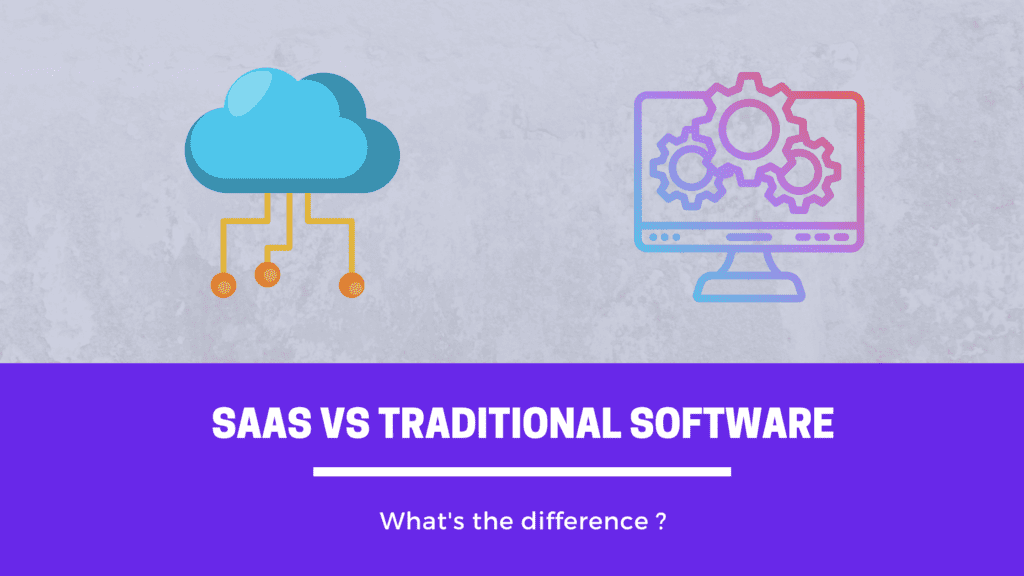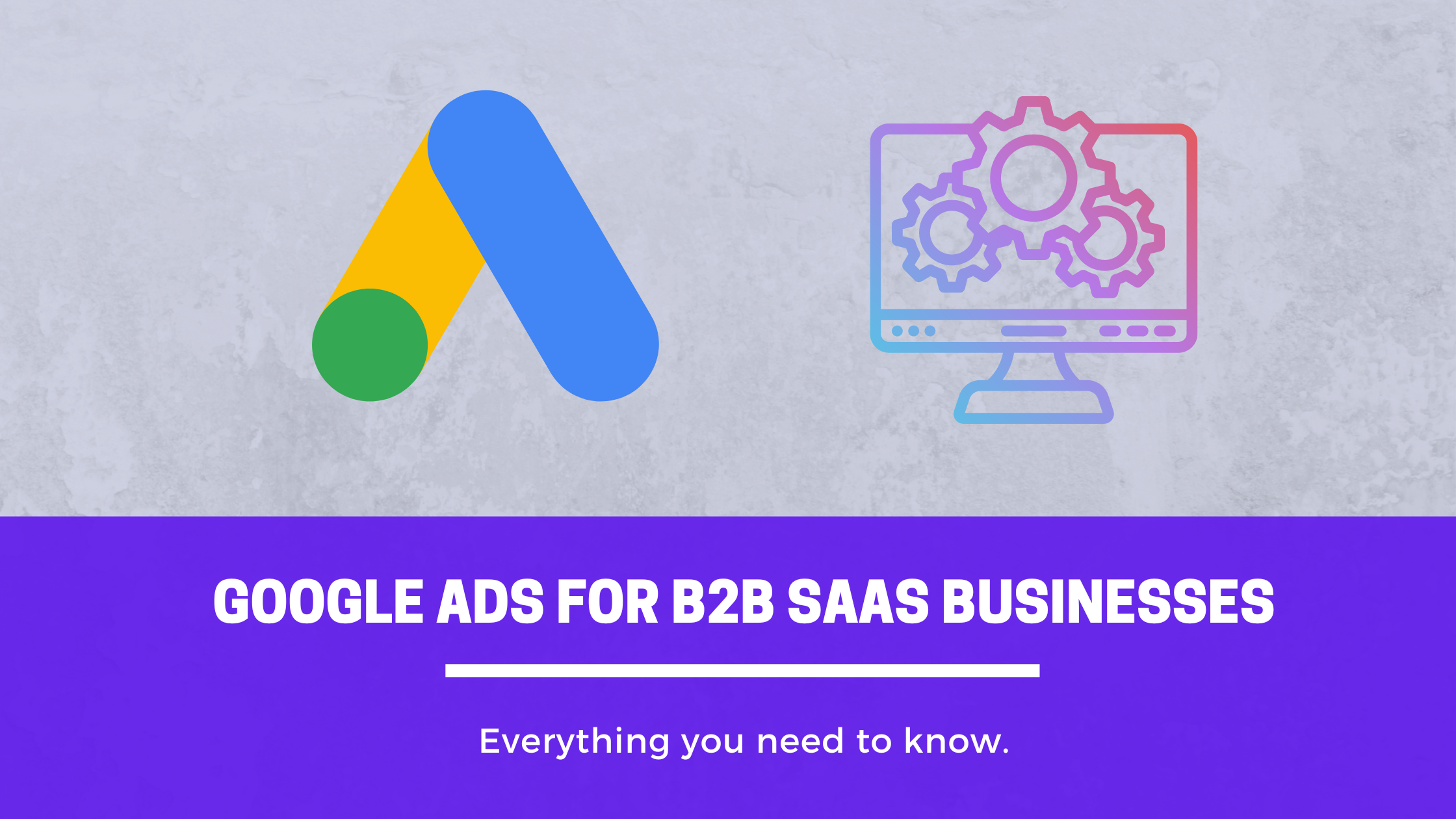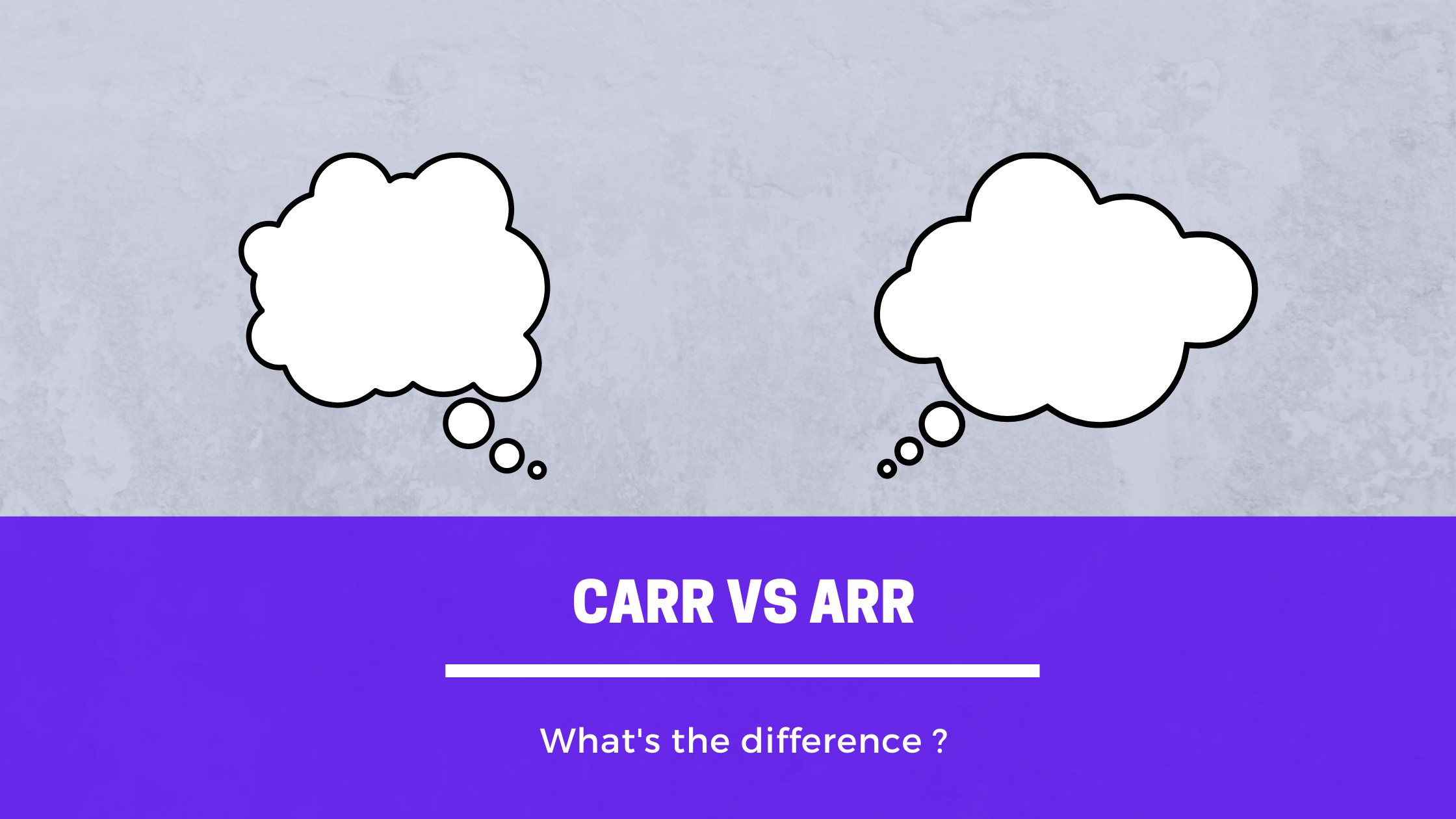In this article I explain what SaaS platforms are & how they different when compared to regular software applications. Firstly I will talk about how software was built & sold over the last few decades & how this process got evolved over years. I will clearly explain the factors that really distinguishes a SaaS platform from regular software applications that are sold.
How enterprises use regular software applications ?
For a long time now, enterprises used to buy actual software ( executables ) from vendors & host them on their own servers. This meant the enterprise had to manage their own hardware, data bases, file systems, networking etc. that software runs on. Once a software is purchased, it’s mostly their internal IT teams’ responsibility to ensure that everything required of the software is setup properly & managed.
Given the nature of such implementation ( huge setup time ), these enterprises typically licensed these software for few years at once. Licensing is typically based on various usage metrics, but most of these are locked when they close the deal.
This model of software distribution & licensing obviously isn’t suited for everyone. Definitely not for a 10 employee SMB who are looking to use a CRM for their client management. They couldn’t afford to hire a bunch of IT guys to implement & integrate these software. More importantly, who knows if they want it to use the software for next 2-3 years. The economics won’t support such a model for SMBs. Even larger companies would love some flexibility in the way they such software can be used.
So what’s the solution to this ? What if vendors started maintaining software on their own servers & give you access to use them securely ? Enter “Software as a Service ( SaaS )”.
What is SaaS ?
Simply put, SaaS is a software delivery & licensing model where the vendor would allow a customer to use software without actually having to maintain the underlying infrastructure. SaaS platforms are mostly web based software accessed through a web browser, while hosting of the actual software & infrastructure is handled by the software vendor.
If a vendor hosts the software he wants to sell on his own servers, it’s primarily his responsibility to manage it. A customer wouldn’t need to go through any complex installation setup anymore. This means that software adoption is drastically increased now.
In terms of licensing, SaaS platforms typically are bought on a per monthly basis, allowing a much greater flexibility over regular software application pricing.

What distinguishes a SaaS platform from regular software applications ?
Let’s look at some key factors on how a SaaS platform differs from traditional software applications.
Installation
When it comes to software installation, SaaS platforms win outright. There is almost zero responsibility of a buyer to get started with using a software. Most of the SaaS platforms takes minutes to setup a new account.
Traditional software applications on the other hand often take upto months ( sometimes even quarters ) to get everything setup. It’s primarily because the IT team will have to figure out the right infrastructure that is need to the run the software they purchased. This would mean setting up new databases, file systems etc. Integrating with other systems is also going to require enough resources.
Delivery
SaaS platforms are primarily meant to be used over internet through web browsers. This enables a great flexibility, given that the software can now be used from all over the world. Traditional softwares are hosted on company’s internal network & it would mean lot of restrictions on where on can access such software from.
Licensing
Traditional software applications are almost always sold in multi year deals. This is primarily driven by economics, as the installation & setup time needs to be justified. SaaS platforms are completely flexible. Most products are actually sold on a per monthly basis, thus making barrier of access very low to use such software. This is one of the primary reasons that SaaS adoption is ever growing.
Security & privacy
This is one area where traditional software wins & this is one of the reason for the existence of older software delivery model. When an enterprise hosts something on their own servers & databases, they have absolute control of their data. This is very secure when compared to SaaS where you might have to share stuff with other customers.
In SaaS platforms, data is mostly externally hosted on vendor’s infrastructure, compromising with privacy. With the advent of private clouds, single tenant architectures, things are getting better now. But it’s going to take more time to convince privacy focused companies ( like banks ) to start moving to SaaS delivery model.
Summary
It’s very clear now what distinguishes a SaaS platform from regular software applications. To summarise, it’s primarily delivery & licensing models of these software. Given the flexibility that SaaS platforms provide, they are the future. Most of the regular software applications are already being replaced with SaaS platforms & it’s only a matter of time before SaaS completely takes over as the primary software delivery model.






